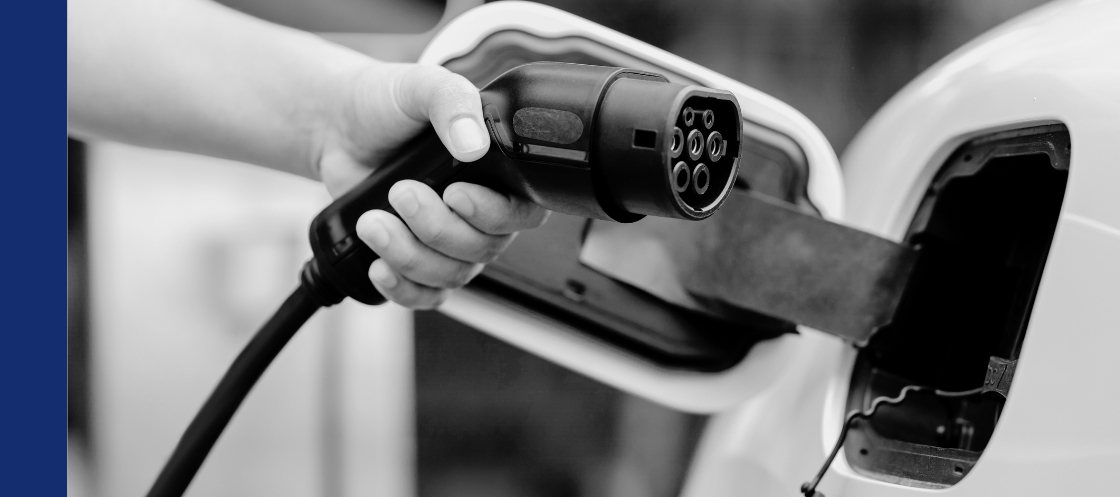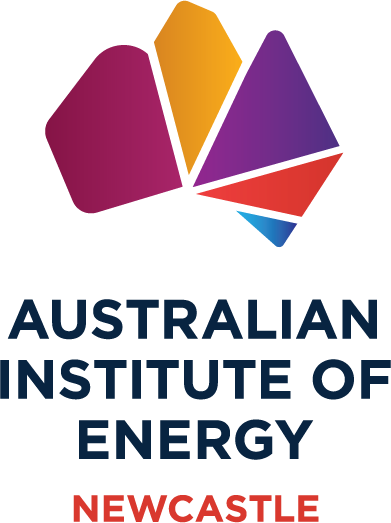Bidirectional charging EVs poised to revolutionise Australia’s energy storage
Roadmap charts the potential for bidirectional EV charging to cut electricity costs and support the power grid while aiding emissions reductions

Australia has taken a game-changing stance on energy storage with the release of the National Roadmap for Bidirectional Electric Vehicle Charging. Commissioned by the Australian Renewable Energy Agency (ARENA) in partnership with RACE for 2030 and delivered by enX Consulting, the Roadmap outlines how bidirectional charging could be integrated into the nation’s energy system.
Bidirectional charging allows electric vehicles (EVs) to not only draw power from the grid but also send energy back. This capability transforms EVs into “batteries on wheels” that can power homes, businesses, or the grid itself during periods of high demand. According to the Roadmap, this technology could unlock large-scale energy storage potential, offering substantial cost savings to consumers while accelerating emissions reduction.
While Australians cannot yet access the technology, small-scale trials have demonstrated its feasibility and benefits. Once widely available, bidirectional charging could deliver:
- Energy storage: EVs could serve as backup power sources during outages, replacing the need for standalone home batteries.
- Lower electricity costs: Households with V2G-enabled vehicles could respond to dynamic electricity pricing, using their vehicles to store and discharge energy efficiently.
- Grid stability: The technology could help balance supply and demand by providing energy to the grid during peak usage periods.
ARENA’s CEO Darren Miller described bidirectional charging, and specifically Vehicle-to-Grid (V2G) technology, as pivotal to Australia’s renewable energy ambitions. “By the early 2030s, the battery capacity of our electric vehicle fleet is projected to outstrip all other forms of energy storage in the National Electricity Market,” he said.
“With estimates suggesting 1.5 million EVs on Australian roads by 2030, even 10% of those adopting V2G could meet 37% of the NEM’s total storage needs while also giving Australians control over their contribution to the clean energy transition,” Mr Miller added. “This innovation isn’t just beneficial for the grid – it could also save Australians up to $5 billion in total by reducing the need for large-scale battery storage investments.”
The report identifies the need for clear policies and industry cooperation to bring the benefits of this technology to Australians. It lays the groundwork for policy initiatives and practical steps to ensure bidirectional charging becomes an integral part of Australia’s clean energy transition.
Since 2019, ARENA has spearheaded efforts to explore the potential of bidirectional charging. The Roadmap builds on earlier work, including ARENA’s V2X strategy, which seeks to activate a national market for bidirectional charging by collaborating with government, industry, and academic partners.












